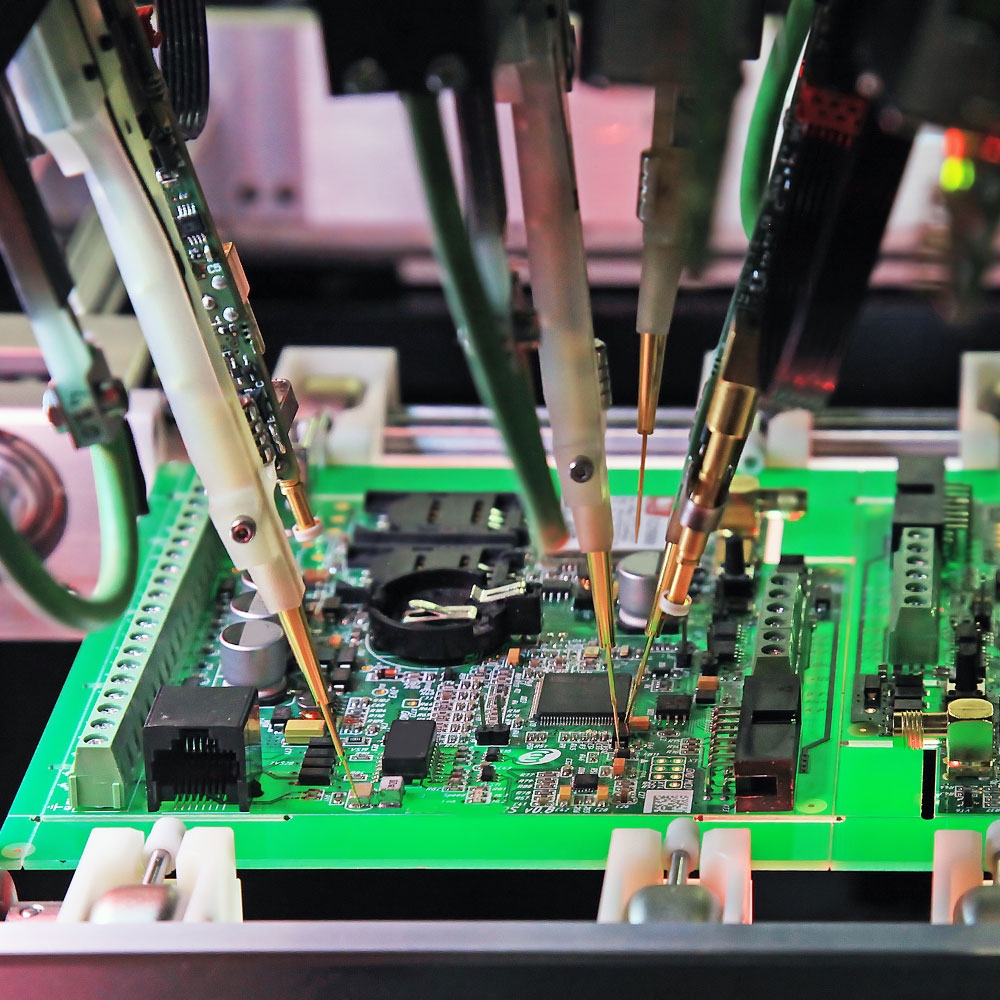Unveiling the Secrets of Inverter Repair: A Comprehensive Guide
In today’s fast-paced technological landscape, inverters have become an integral part of our daily lives. From powering essential appliances during electrical outages to providing a stable energy source for sensitive electronics, inverters play a crucial role. However, like any electronic device, inverters may encounter issues over time, and understanding how to address these problems is essential. In this comprehensive guide, we, as experts in Inverter repair delve into the intricacies of troubleshooting and fixing common inverter issues.
Understanding the Basics: How Do Inverters Work?
Before we embark on the journey of inverter repair, it’s crucial to grasp the fundamental workings of these devices. Inverters, in simple terms, convert direct current (DC) electricity into alternating current (AC) electricity, making them essential for homes and businesses alike. The complexity lies in their ability to maintain a stable output, and any deviation from this norm can lead to malfunctions.
Identifying Common Issues: A Roadmap to Troubleshooting
1. No Output Power
One prevalent issue with inverters is the sudden loss of output power. This could be attributed to a myriad of factors, ranging from faulty components to internal wiring problems. To diagnose this, start by checking the input power source, ensuring it’s within the recommended range. If the input is stable, delve into the internal circuitry, inspecting for burnt components or loose connections.
2. Fluctuating Output Voltage
In some cases, users may notice erratic fluctuations in output voltage, leading to inconsistent power supply. This could be a result of a malfunctioning voltage regulator. To address this, it’s imperative to test the regulator and replace it if necessary. Additionally, a thorough examination of the inverter’s capacitors can reveal any signs of leakage or bulging, indicating the need for replacement.
3. Overheating Concerns
Overheating is a common issue that can significantly impact an inverter’s performance and lifespan. To mitigate this, ensure proper ventilation and cooling mechanisms are in place. Cleaning the internal components, such as fans and heat sinks, can also prevent overheating. If the problem persists, it might be indicative of a malfunctioning temperature sensor, necessitating replacement.
DIY Inverter Repair: A Step-by-Step Guide
1. Safety First
Before attempting any inverter repair, prioritize safety. Disconnect the inverter from the power source, discharge any residual energy, and use appropriate protective gear.
2. Visual Inspection
Begin by visually inspecting the inverter for any obvious signs of damage, such as burnt areas, melted components, or loose connections. Pay special attention to the input and output terminals, as issues here can directly impact the device’s performance.
3. Testing Components
Use a multimeter to test critical components such as capacitors, diodes, and transistors. Any readings outside the specified parameters indicate a potential issue, necessitating further investigation or component replacement.
4. Internal Wiring Check
Inspect the internal wiring for signs of wear, damage, or loose connections. A meticulous examination can reveal hidden issues that may be contributing to the inverter’s malfunction.
5. Replacing Faulty Components
If the visual and electrical inspections pinpoint specific faulty components, replace them with high-quality, compatible alternatives. This ensures the longevity and reliability of the repaired inverter.
Seeking Professional Assistance: When to Call in the Experts
While DIY repairs are viable for minor issues, certain inverter problems may require professional intervention. If the troubleshooting steps outlined above do not resolve the issue or if you are uncomfortable dealing with complex electrical components, it’s advisable to seek the expertise of a certified inverter repair technician.
Conclusion: Empowering Users with Inverter Repair Know-How
In conclusion, understanding the intricacies of inverter repair empowers users to address common issues and extend the lifespan of these vital devices. By following the outlined troubleshooting steps and safety precautions, individuals can confidently navigate the world of inverter maintenance. Remember, a well-maintained inverter ensures a reliable power supply, safeguarding your electronic devices and providing peace of mind.